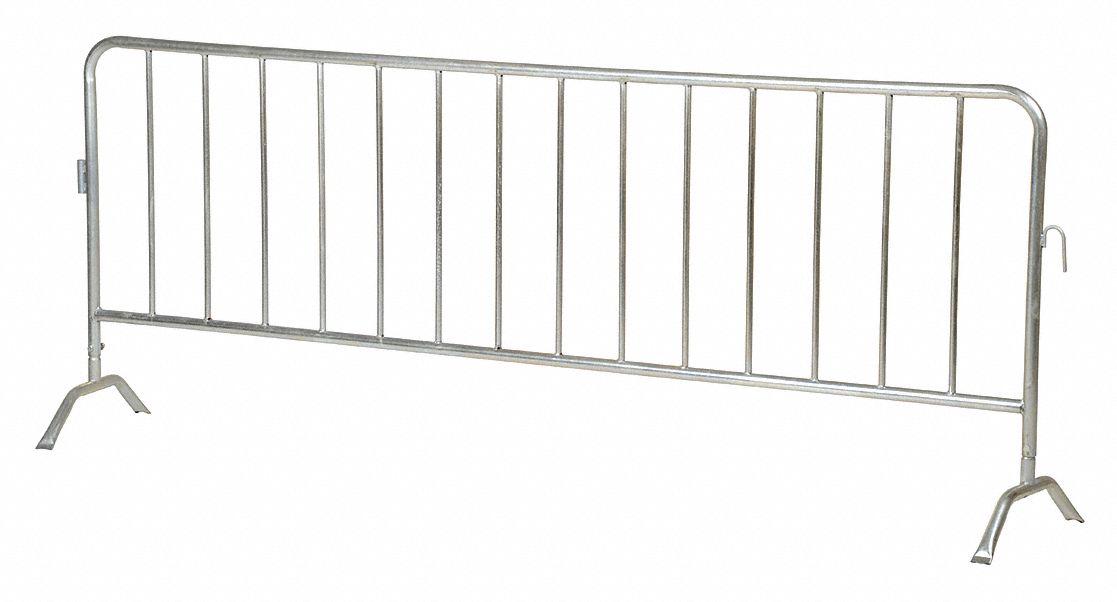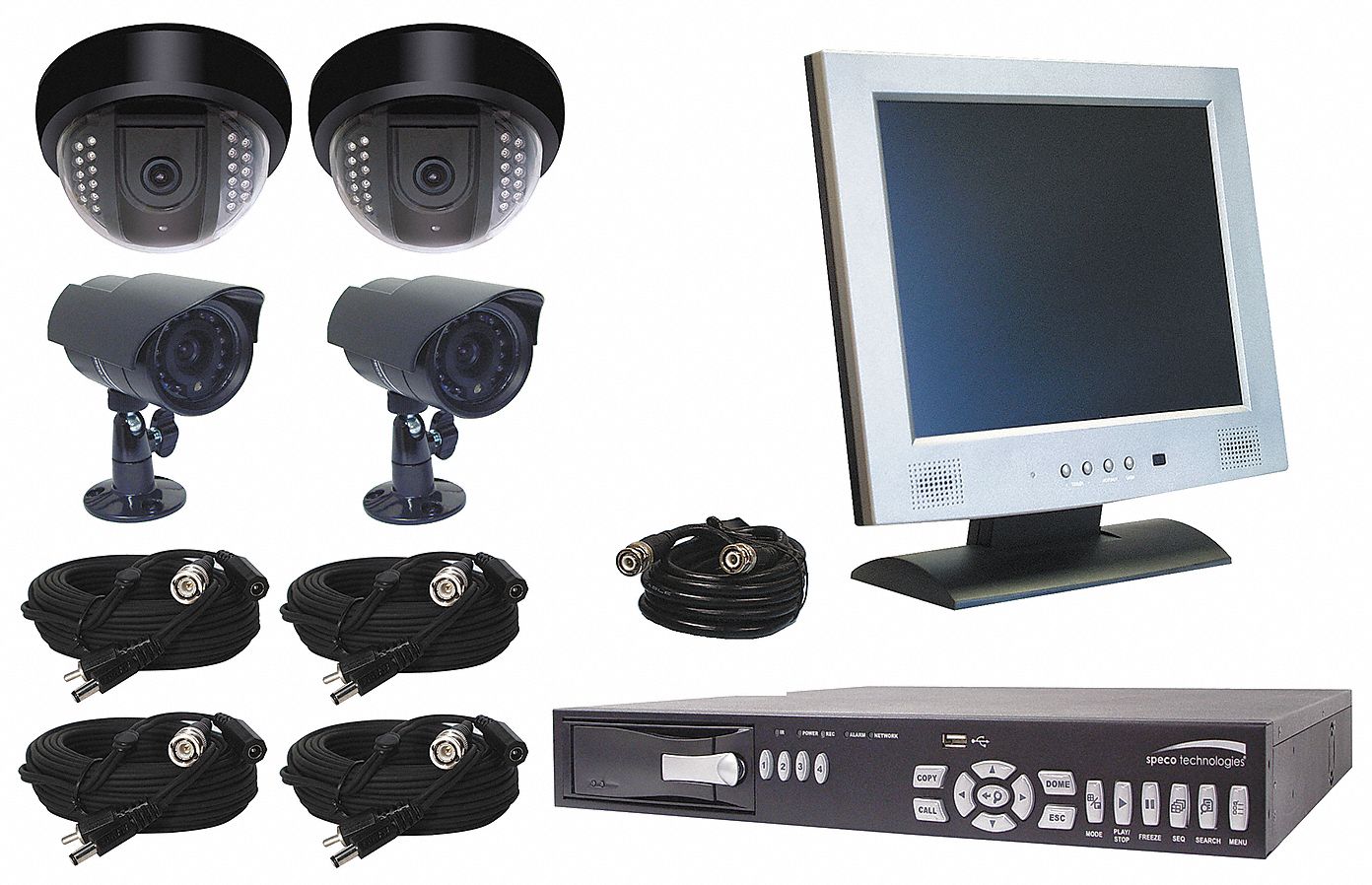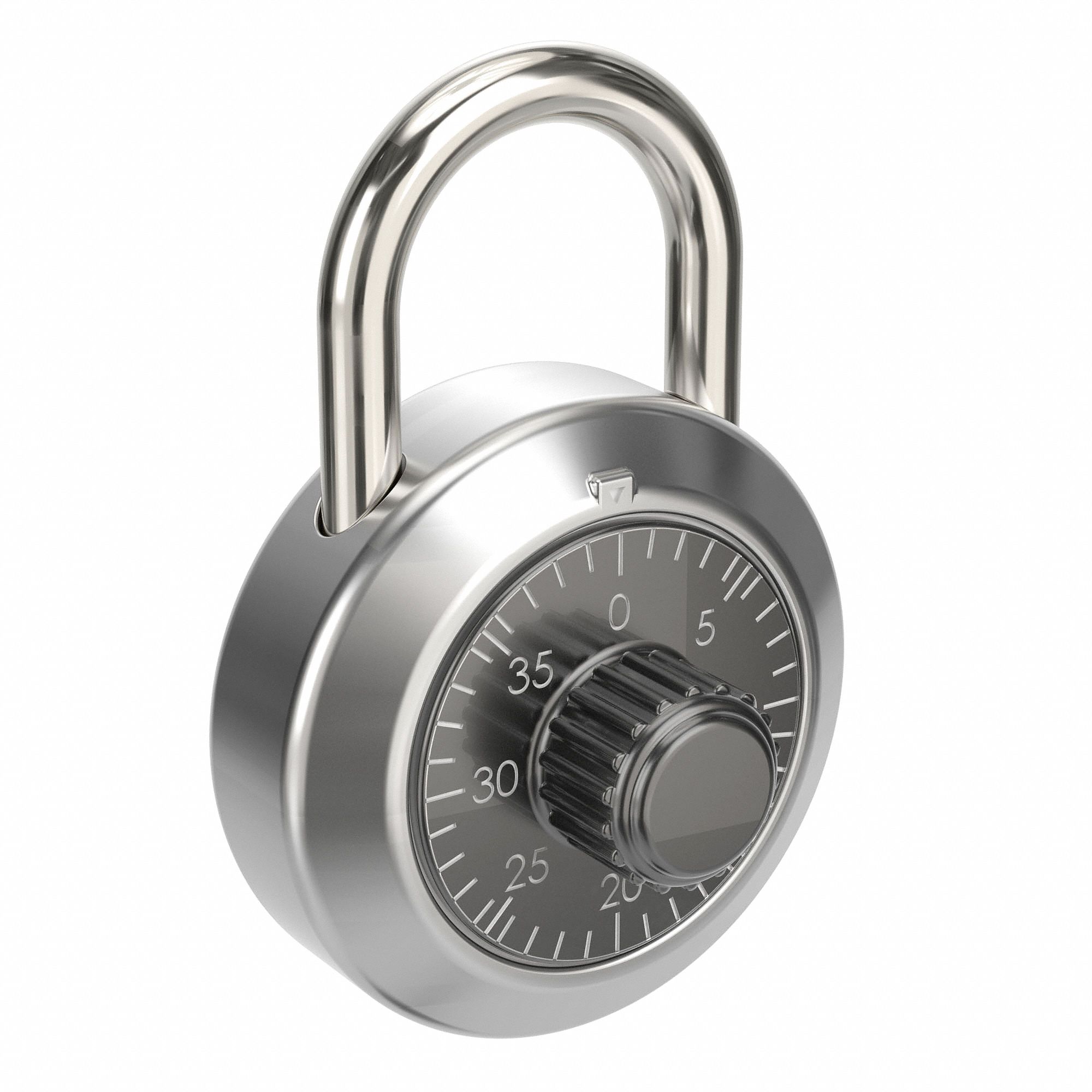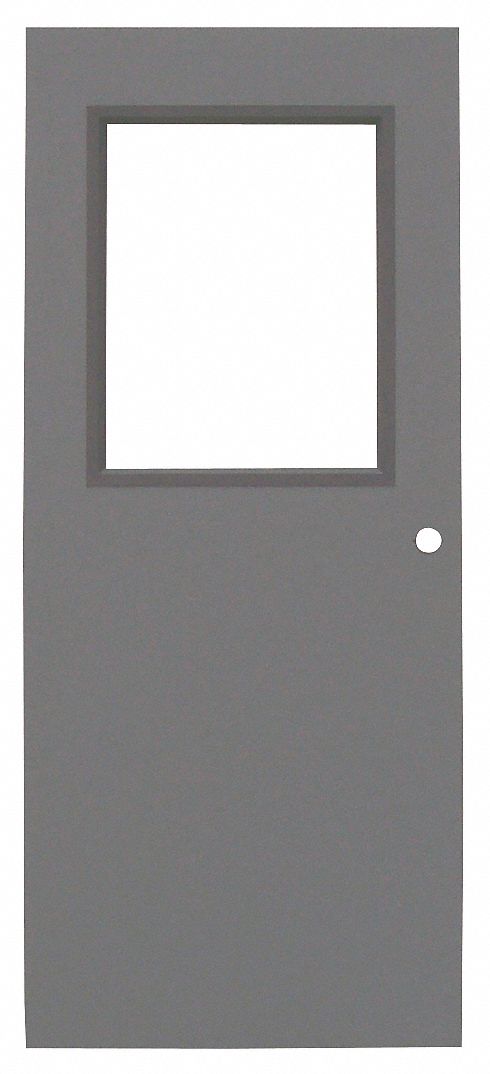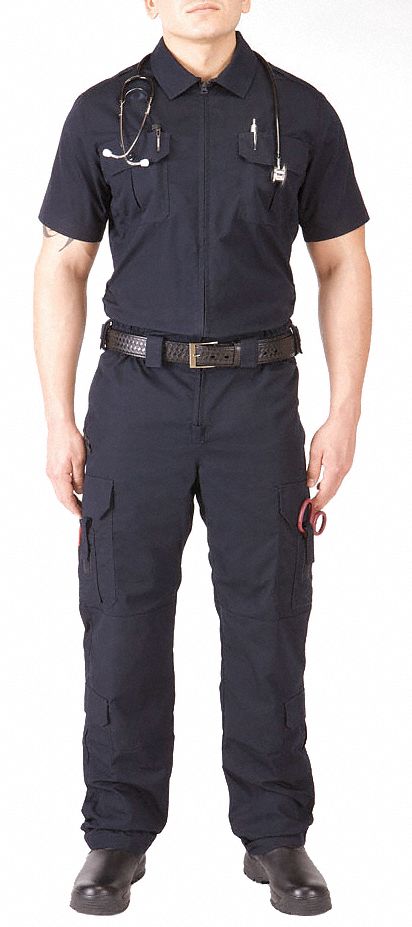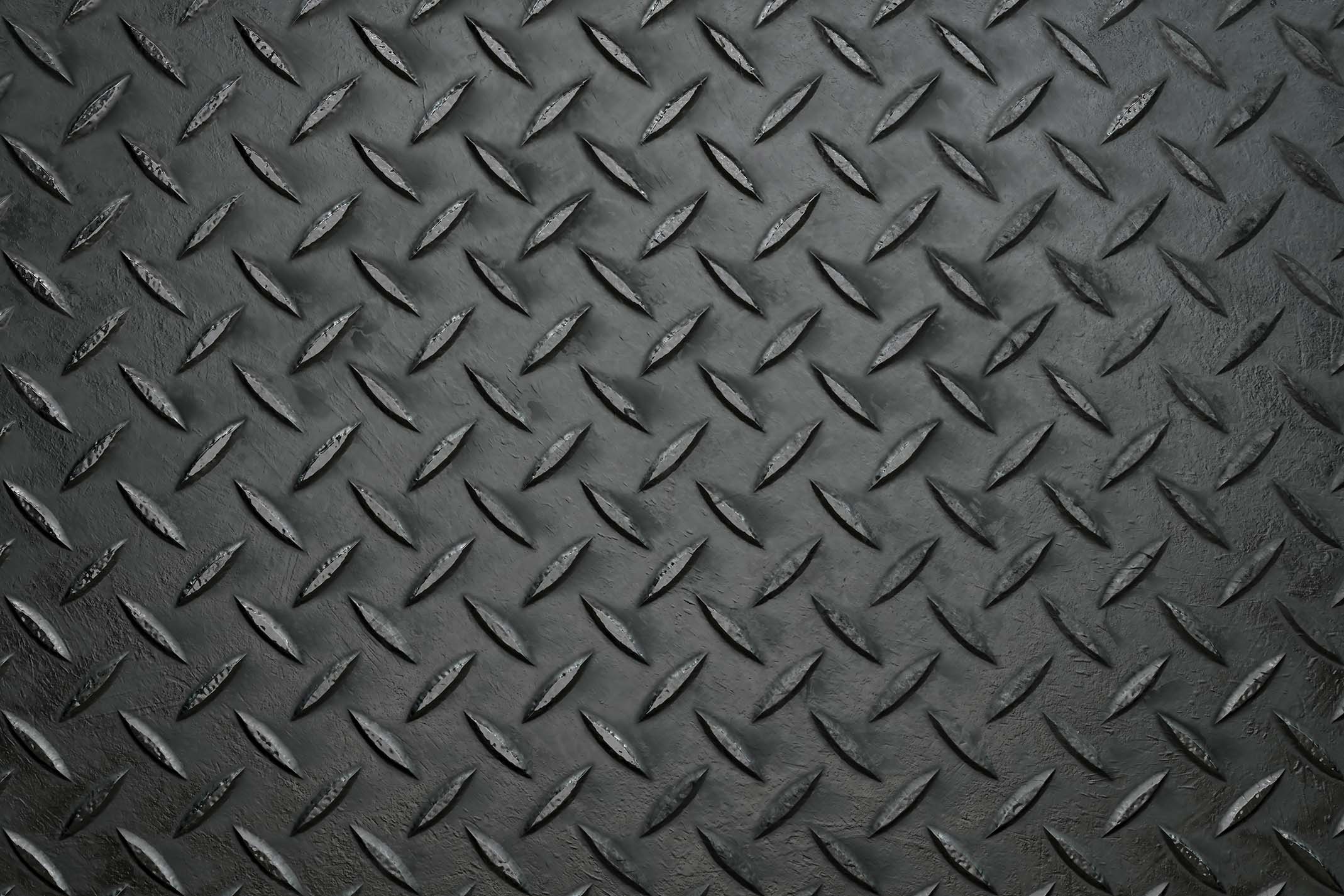

How to Choose the Right Anti-Fatigue Mats for Your Workplace
By Grainger Editorial Staff 8/26/22


In a country that runs on hard work, sitting behind a desk all day just isn’t going to get the job done. From commercial kitchens and retail spaces to manufacturing floors, hospitals and laboratories, countless workplaces are full of employees who work on their feet. Whether they spend that time standing in one place or crisscrossing a shop floor, they can benefit from anti-fatigue floor mats that help reduce physical strain.
What Are Anti-fatigue Mats?
Unlike traditional floor mats designed primarily to provide traction, anti-fatigue mats are engineered for cushioning and support. This is important because many commercial workplaces have concrete slabs or other hard flooring materials underfoot for durability in high-traffic areas. Anti-fatigue mats give workers a place to stand or walk that’s more forgiving than the bare flooring.
How Do Anti-fatigue Mats Work?
It's not just a question of softness. Anti-fatigue mats work by stimulating extra activity in the user’s legs. The slight cushioning of the mat causes the user's leg muscles to make continuous, imperceptible adjustments as they maintain their balance. These tiny movements stimulate increased circulation in the legs and feet, which helps reduce discomfort.
What to Consider When Choosing an Anti-fatigue Mat
There are many kinds of anti-fatigue mats, so assess the needs of each workstation and area you’re equipping. Base your mat selection on three interrelated factors: the type of work environment, the kind of traffic the mat will get and the choice of pattern or finish best suited to the area.
Large or Irregularly Shaped Areas
Anti-fatigue mats are available in many sizes, and pre-sized mats will work for most situations. But for areas that are too large or too irregularly shaped for pre-sized mats, there are interlocking anti-fatigue mats, which come in sections that fit together like puzzle pieces.
Dry vs. Wet Conditions
Standard anti-fatigue mats are generally made from rubber and are suitable for dry environments like warehouse floors. Wet environments like locker rooms or kitchen dishwashing areas call for mats that will relieve foot pressure without trapping liquids. For these situations, look for anti-fatigue drainage mats, which channel water below the mat, preventing the mat from becoming slippery.
Oil and Grease Exposure
In commercial kitchens, greasy residue collects on surfaces, including the floors. Likewise, in machine shops and fabrication facilities, oils and lubricants often wind up on the floor. In areas that frequently see these substances, opt for oil- and grease-resistant anti-fatigue mats made from non-laminated foam. These will provide traction where needed, but can also withstand contact from food- or non-food oils.
Chemical Applications
Many industrial facilities, laboratories and hospitals present a different challenge, because workers use harsh or even corrosive chemicals to do their jobs or to clean up when the work is done.
Welding and High-Heat Locations
Welding shops and work areas where there may be sparks from grinding and cutting require welding-safe mats that resist damage from sparks.
Food Industry Requirements
For food manufacturing facilities, anti-fatigue mats with antimicrobial properties resist the growth of mildew, mold and bacteria.
Sterile Requirements
In medical facilities and other areas where sterile conditions must be maintained, autoclavable anti-fatigue mats can withstand harsh cleaning chemicals and sterilization in autoclaves.
Usage and Traffic Patterns
Anti-fatigue mats provide a certain level of cushioning between the floor and the worker, but more cushioning isn’t always better. Walking on an over-cushioned floor can cause its own type of strain.
With that in mind, choose your matting based on the amount and type of traffic the work area will experience. Thinner mats are easier to walk on and to roll equipment across, making them better suited for high-traffic areas. In comparison, thicker mats are better for spaces where workers will stand in one place for a long time. Beveled edges are also a plus in high traffic areas, helping to prevent tripping and providing less of an obstacle for wheeled equipment.
Surface Textures
Many anti-fatigue mats are available with surface designs for additional functionality and aesthetic appeal. Mats with diamond patterns provide more traction with an industrial look, while pebbled and marbled textures have a more polished look for customer-facing areas. Bubble-style patterns also add some traction with additional points of relief for standing workers. Smooth, untextured mats are easier to keep clean.
The information contained in this article is intended for general information purposes only and is based on information available as of the initial date of publication. No representation is made that the information or references are complete or remain current. This article is not a substitute for review of current applicable government regulations, industry standards, or other standards specific to your business and/or activities and should not be construed as legal advice or opinion. Readers with specific questions should refer to the applicable standards or consult with an attorney.

